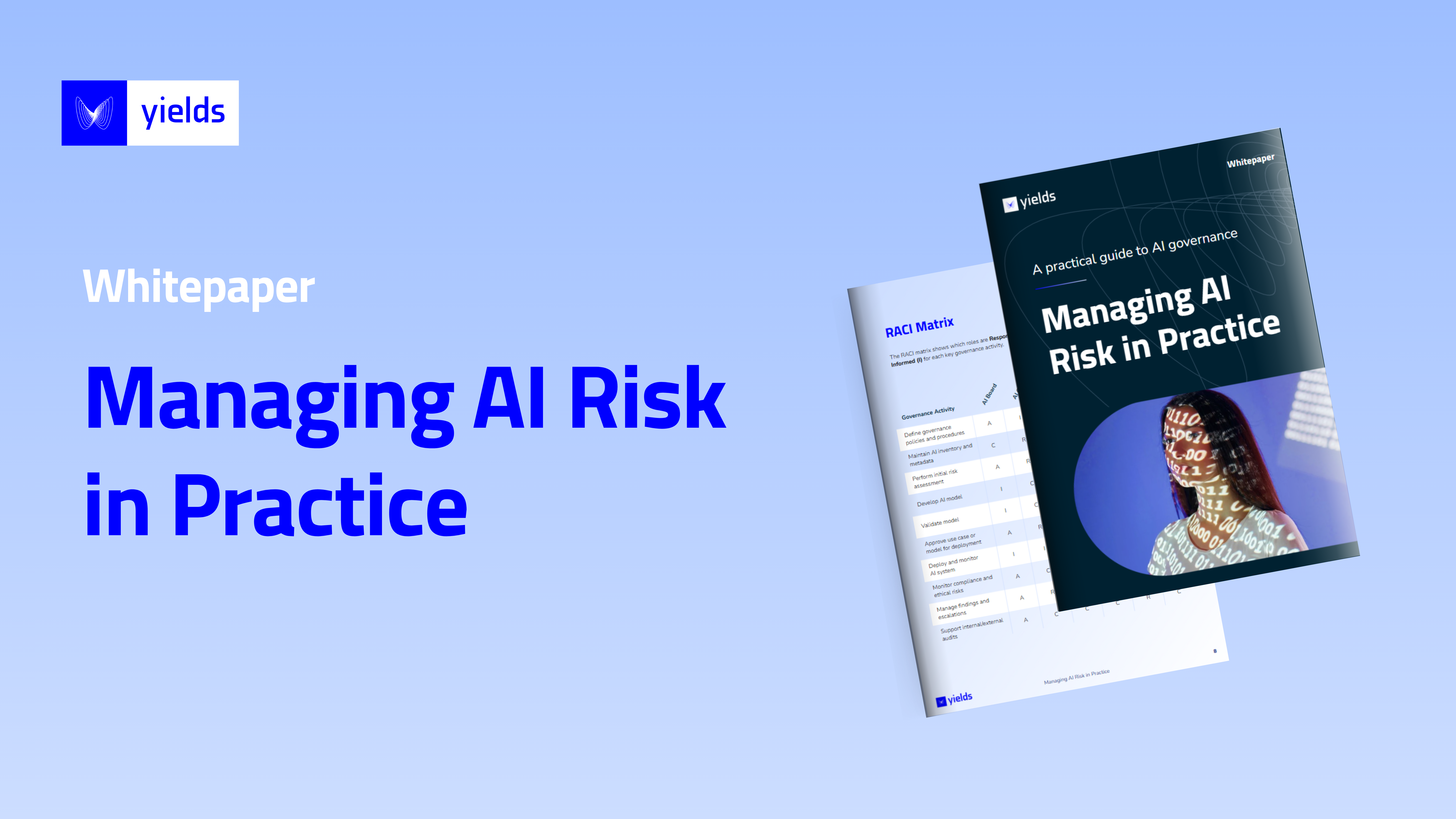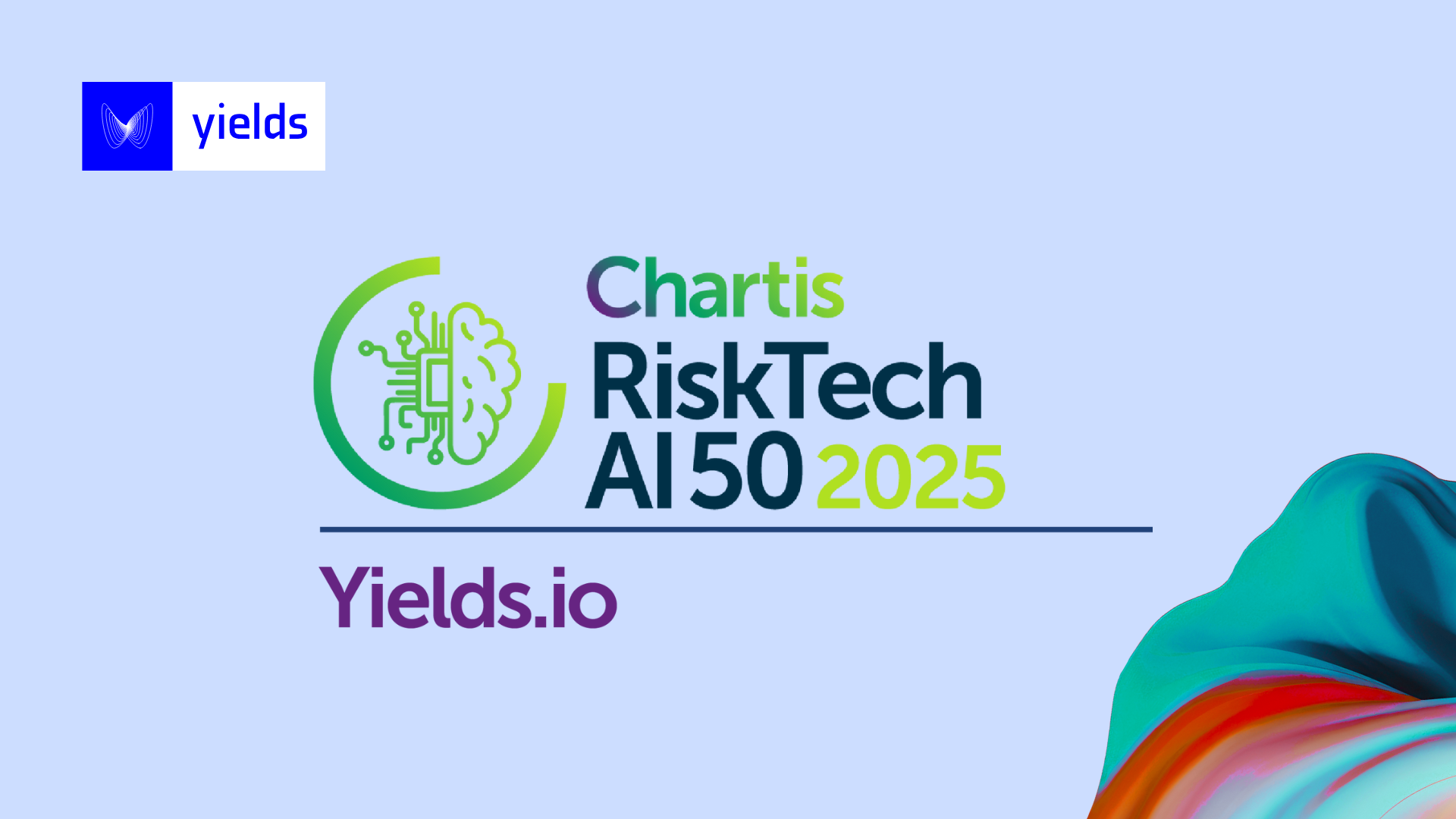What are these key challenges?
- Resource constraints
- Lack of in-house expertise
- Absence of standardized frameworks
These challenges often translate into the inability of a firm to clearly determine how a model inventory should be organized so that efforts are optimally allocated in accordance with the proportionality principle.
So what are the factors firms have to take into account to optimize their model inventory?
Determining the type of estimate
In order to decide whether an estimate is a model or not, one should have governance in place that allows model owners to declare and identify all estimates that are significant in the decision-making process.
Approaches to be used to identify models may involve both qualitative and quantitative analysis. Model owners are requested to fill in pre-defined questionnaires, at the end of which a conclusion is reached by construction. Other more quantitative types of analysis may instead involve the use of (ML) techniques to assess the uncertainty of the estimated outputs.
A combination of the two approaches is usually recommended, as the former helps in answering the right questions and the latter (quantitative) helps to identify, in a more systematic fashion, potential model candidates that may be otherwise missed in a manual self-declaration process.
Granularity
Once models have been identified, the next factor to consider is what constitutes an entry in the inventory itself. Below we suggest a few alternatives that may be considered when making this choice. A model entry is:
- The umbrella model with many usages (e.g. the Heston model)
- Each usage of the umbrella model (e.g. Equity barrier options under Heston)
- A different implementation of a usage of the model (e.g. PDE model for Barrier Options under Heston)
In light of the proportionality principle referred to above, one often faces the trade-off between accuracy and pragmatism when this choice has to be made. This dichotomy typically relates to the analysis of the following drivers:
- Model complexity/transparency – e.g. if there are more than two levels of dependencies, it may be necessary to break down into multiple entries
- Model risk appetite – ability for senior management (shareholders) to easily identify whether model risk concentration is in line with strategic views and risk tolerance
- Skills/resources – availability of required knowledge/headcount to appropriately manage model risk (e.g. do we have enough competent model validators?)
- Tiering – level of model risk is appropriately captured by the tier (e.g. a model may be Tier 1 if single entry. If split into two entries, though, each entry may be Tier 2)
Standardization and technology
Standardization offers firms many benefits. When correct standards are in place, financial firms can develop a sustainable competitive advantage by being able to enforce risk governance effectively across the different stages of the model lifecycle. Standardization also enables firms to implement automation in areas requiring manual and repetitive work, to minimize operational risks and to achieve efficiency gains. Thus, teams are able to work more efficiently and in a controlled manner.
Technology has taken a leap forward with the introduction of automation & standardisation mechanisms and workflow engines that address key challenges in model risk management on an enterprise level. Whether firms choose to build in-house solutions or implement a third-party application, today’s model inventory tools no longer function simply as central repositories where estimates are inventorized; they also serve as a platform where teams can efficiently manage tasks that are designed to take shape as a firm’s strategy and framework, risk appetite, requirements and model complexity evolve over time.




